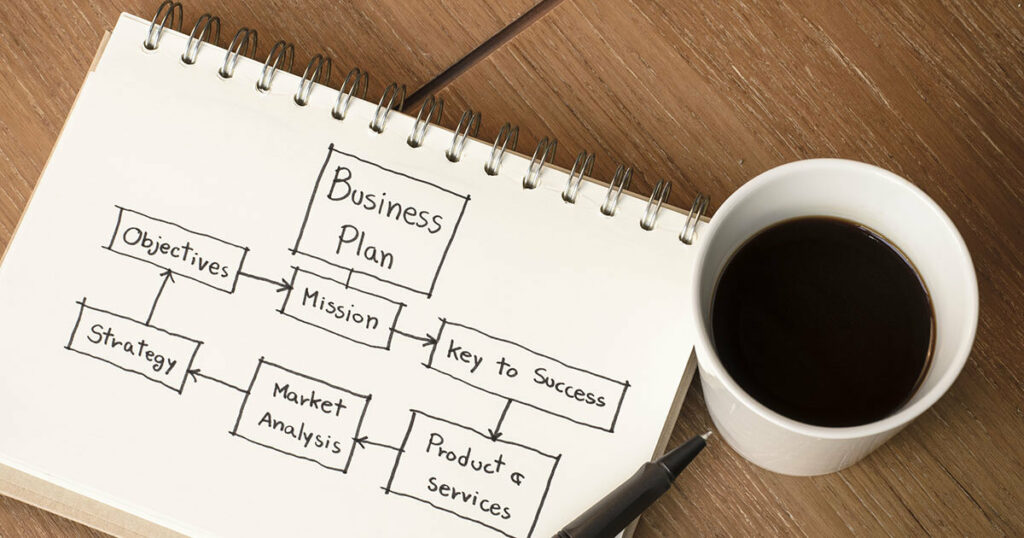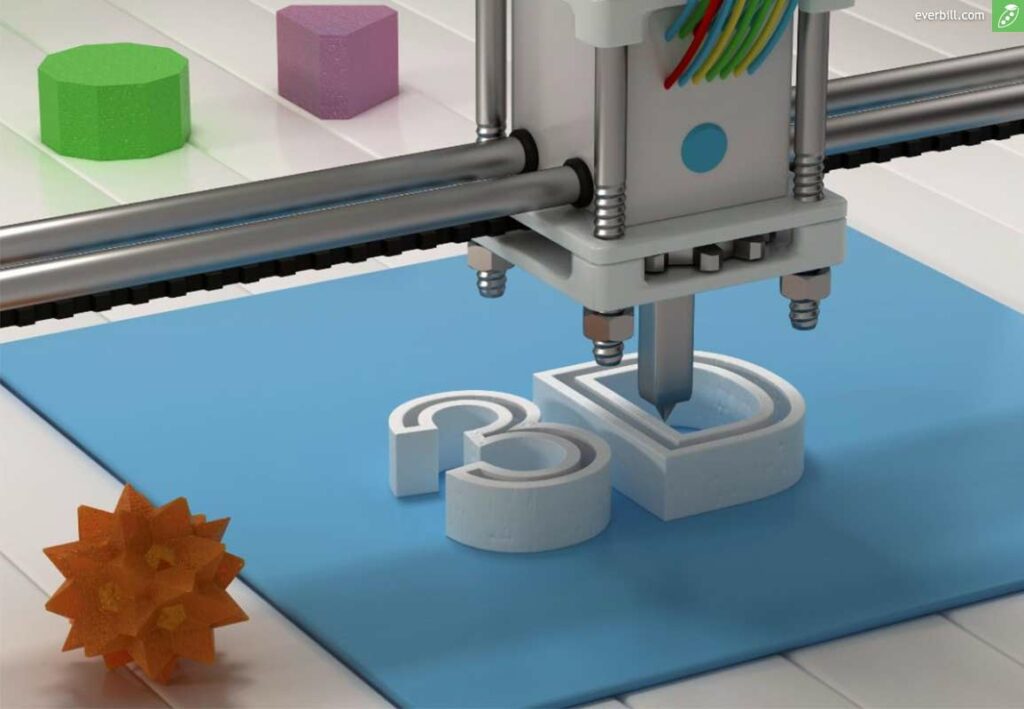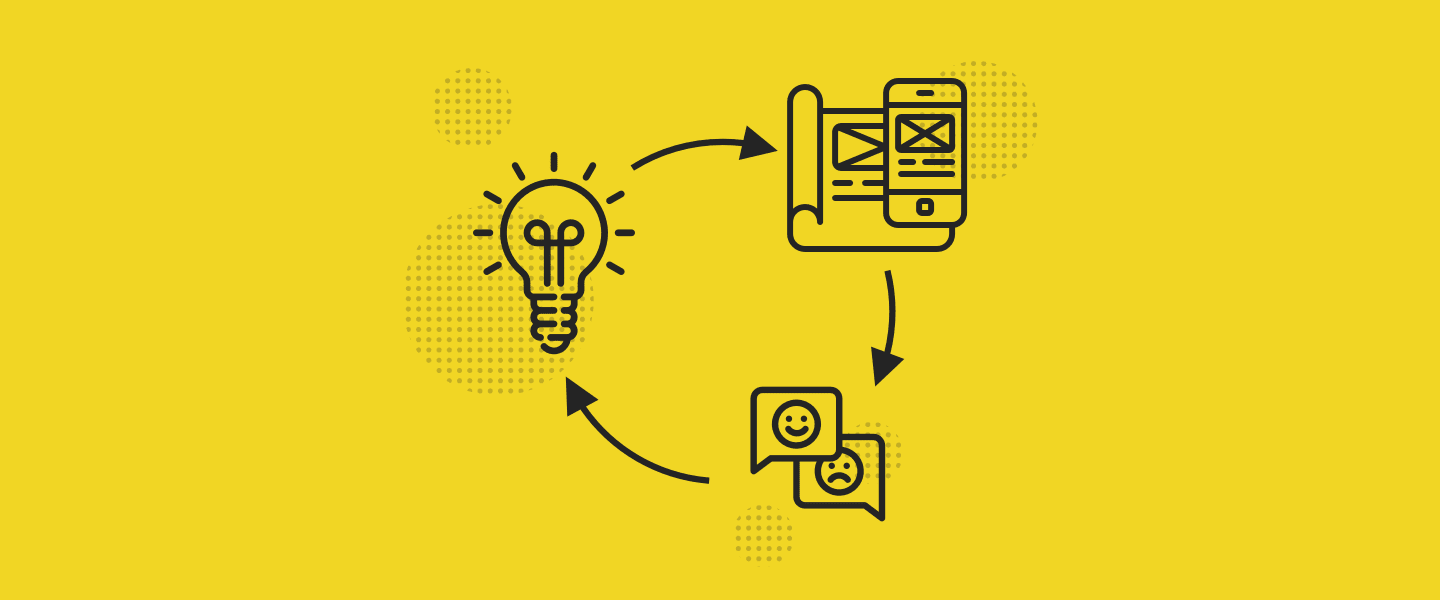Many entrepreneurs think that writing a great business plan is their primary task. However, a plan is just a tool for learning, and of course, it is the weakest tool for doing so! If you really want to create something new, send a rapid prototype to the market and start talking to customers. Instead of spending six months writing a business plan, give it a try! Lean Model Framework helps you in this way.
Business Plans
Business plans are important planning documents. A typical design would be between 25 and 40 pages and contain the following information:
- Executive Summary
- Company definition and mission
- Product or service information
- Market analysis and competition
- Proposed strategy and implementation
- Management team
- Financial plan and outsourcing
- Background and technical information
Although writing a good business plan may take months, it was the cost every entrepreneur had to bear to attract funds. The first question any potential investor would ask was, “Okay, let me take a look at your business plan.”
But now is the time to change that.
Learn more: What Is a Business Plan? How to Write a Perfect One.
Business Plan Benefits
- It puts all your market research in one place on paper.
- Can explain in detail the important things you have achieved.
- Banks and investors like to have something on paper to make decisions.
- You will need to budget and determine your cash flow as you develop your business plan.
- A business plan can help speed up the recruitment of new employees.
Business Plan Disadvantages
- You do not sell anything as you write it; which means that the opponent can overtake you.
- Bases do not remain constant and grow and change with the advent of new technologies.
- Changing a business plan and moving in a different (and more profitable) direction is difficult.
- You have no substantial evidence that customers will buy what you have planned.
- You do not know if your assumptions are correct.
- During the six months that you are writing the business plan, many changes occur in the market, and your business plan becomes obsolete before it is completed.
In general, the biggest problem with a business plan is that it takes a long time to check for failure or success when you write it. If you could enter the market quickly and cheaply and realize that despite all the optimism, customers are unwilling to buy your product, you would not waste six months writing your beloved plan.

Rapid Prototype
When it comes to the word prototype, a vague image is usually created in the minds of others, and most people confuse it with other stages of design. However, a prototype is a simulation of what we will have at the end of the project. Prototyping is the way to test a product before implementation.
With or without a preliminary business plan, prototyping is part of your job as a startup founder. The only difference is that in the case of a rapid prototype, you produce and test your model before you spare time to write a business plan. You change your prototype based on the customers’ feedback and then write your business plan.
While in the old methods, as mentioned, the founders had to write a complete business plan and then prototype the product based on it.
The lean model framework has changed this approach, replacing the traditional prototype with a rapid prototype.
Learn more: What Is a Lean Startup, and How It Differs from the Old Ways of Business Planning?
Lean Model Framework
A 2012 Kaufman study found that 25 percent of businesses fail in the first year and 71 percent in the tenth year. So if you are going to fail, you have to fail fast. What can you do to increase your chances of becoming one of the 29% successful winners?
The Lean Model Framework addresses this issue. Instead of spending your time and money writing a business plan and finding an investor, very quickly and cheaply produce a pure prototype or MVP and make it available to customers. That way, you can start earning money right away. Customers will also tell you if the product is satisfactory, not yourself!
Learn more: Lean Startup Fundamental Principles and benefits
No Need to Guess
Thanks to the quick feedback from customers that comes from the sale of the prototype, you can make the necessary corrections very quickly and move forward.
You do not need to rewrite your business plan; just do your job! You get to work, and learn a lot through the process by succeeding or failing. Along with building and developing your product, you also make your business model.
Four Main Elements of the Lean Model Framework
- Rapid Prototype:
You use lean resources to build the minimum acceptable product, and you can test it properly in your market.
- Lean Sources:
You need to have the most productivity with the least resources. You should find a way to get started with the least amount of cash.
- Business Model:
You create a business model that is meaningful and generates revenue for you based on your market experience.
- Customer Truth:
You listen to your potential customers and get feedback from them. Based on the feedback, you repeat, change or give up altogether.
The main point of a lean model framework is that you spend less time planning and more time doing it. You test your product or service in the market.
You use real customer offers to refine and improve your product. Once you have a good prototype, you can move forward with more confidence and no need to guess.
In the current article we will address just the first element, rapid prototype, and we will continue to discuss other elements in ongoing articles.
Rapid Prototyping Resources
“If you are not embarrassed by the first version of your product, you’ve launched too late.” Reid Hoffman, the founder of LinkedIn.
Your only way to move fast is to build prototypes and test them with real customers. The sooner you develop your prototype, the better you can improve it with the help of feedback you receive from customers. The goal here is to be fast, not flawless.
The sooner you get customer feedback, the more time you will have to make changes based on that feedback. So, you should not waste your time to make what you offer “flawless.”
Prototype Resources
Resources you need to offer a rapid prototype or service include:
Network:
If you can access the skills you need, you can prototype in the shortest possible time. Find ways to connect with people with the right skills and resources.
Internet-based tools:
Today, there are extensive collections of free and inexpensive online tools that you can use to measure the level of potential customers’ interest in a new product or service. It is quite possible to design a simple website over the weekend or create a Facebook page to evaluate whether what you want to build is attractive enough to get sold.
Of course, you should be careful not to receive an order before you have the capacity to produce. However, you can use these tools to determine if what you have is satisfactory.
Online platforms:
You can also use sites like Amazon.com, Craigslist, eBay, or Etsy to test your prototype initial market. Moreover, people who develop apps can upload their products to the Android and iPhone markets, write about them on their Facebook-related pages, and wait for the results. If you want to provide educational services, you can upload a video on YouTube and wait for the market reaction. Using platforms like these, you have many ways to introduce your prototype to the market.
New technologies:
You can target new technologies as soon as they enter the market. Smartphones have become a cheap platform for innovation. For example, payment software has replaced the old payment systems with POS. New technologies have also made it easier and cheaper to build new products and services.
Industry:
You will find that many small manufacturers around you can help you build your prototype. Today, many industries rent their production line and engineering facilities on an hourly basis. You can also go to the sectors and rent their equipment during the factory closing hours. Even people you see as your competitors may be interested in working with you as a supplier.
Universities and Growth Centers:
These centers may be interested in helping you build your prototype. Many universities have growth centers with access to engineering, computer services, graphic design, and more. If you can communicate with a university professor, building your prototype may easily become a student project.
3D Printing:
The 3D printing industry has caused a dramatic change in manufacturing methods. Based on your products, 3D printing can be the fastest and cheapest way to build a prototype.

The Philosophy of Rapid Prototyping
Building a rapid prototype is a kind of mentality. You need to market something very quickly and then improve it based on customer feedback to get more sales in the future. You use the prototype to grow your thinking via real feedback and ideas from customers. On top of that, you build a prototype to fail very quickly or achieve a great victory.
Note that the philosophy of rapid prototyping is about starting, not looking for a particular market segment. You should talk to the first customers and use their ideas to change the product and satisfy other customers. You will receive a boost from your first customers, which will increase your influence in different market segments.
The positive feedback and complaints you receive from the first people who use your product can be a potent marketing tool.
Positive reviews and simple marketing strategies such as search engine optimization can significantly accelerate future sales.
Until you produce a prototype of your product or service and sell it to the market, you will not know if you should have a company or not. This means that you can not develop a product unless it receives feedback from customers. To move faster than your potential competitors, build your prototype as quickly as possible.
“You do not learn to walk by following the rules; you learn by doing and falling over.”
Richard Branson, founder of Virgin Group

